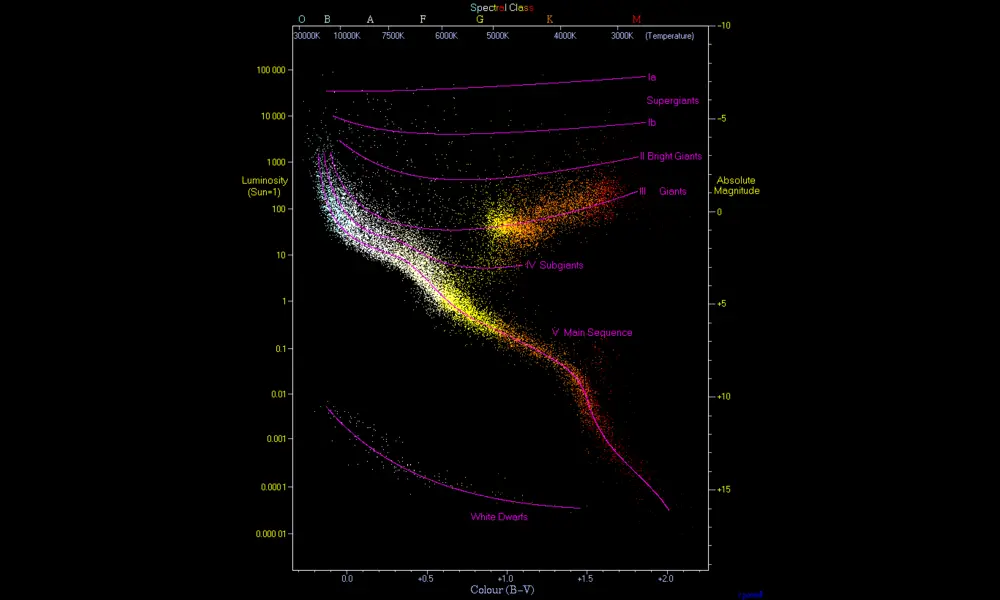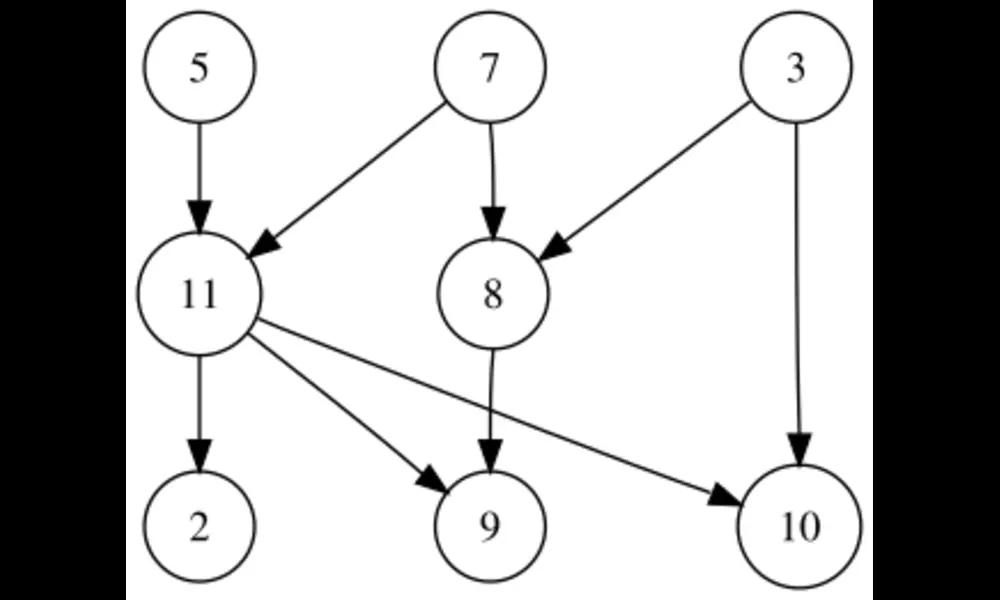What Are Twisted Rational Zeros?
Published on Fri Jan 19 2024 Fibonacci | Pawel Biernacki on Flickr
Fibonacci | Pawel Biernacki on FlickrIn an exciting development in the area of number theory, researchers have introduced a novel concept called "twisted rational zeros" in the context of linear recurrence sequences (LRS), shedding new light on these mathematical structures. The study provides insights into the specific case of the Tribonacci sequence — a cousin of the famous Fibonacci sequence — revealing a delicate interplay between linear algebra and number theory.
Linear recurrence sequences are a series of numbers where each term is determined by a fixed formula that references previous terms. Classic examples include the Fibonacci sequence and the Tribonacci sequence, the latter being the main subject of this groundbreaking paper. The authors define a twisted rational zero of a non-degenerate linear recurrence sequence as a certain type of solution to the characteristic polynomial associated with the sequence.
The key findings of their research indicate that there are only a finite number of these twisted rational zeros for any given non-degenerate LRS. For the Tribonacci sequence specifically, they demonstrated that there are only two non-integral twisted rational zeros. Such results not only deepen our understanding of LRS but may have implications for algorithms that rely on such sequences, including computer programs and cryptographic systems.
This opens up a new area of inquiry where mathematicians can explore the structural constraints of LRS and their zeros—a fundamental aspect that could resonate through various applications of number theory, from theoretical physics to secure communication protocols. The ability to pinpoint the exact number of these zeros for the Tribonacci sequence is a testament to the intricate nature of these mathematical entities and the ingenuity required to unearth their secrets.
This work stands on the shoulders of prior seminal theorems, like the Skolem-Mahler-Lech theorem, and uses sophisticated tools from algebra and p-adic analysis to achieve its results. It promises to inspire further inquiries—and potentially valuable discoveries—regarding rational zeros and their properties within the realm of linear recurrence sequences.



